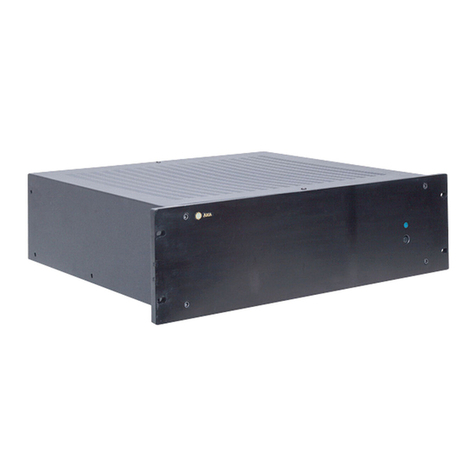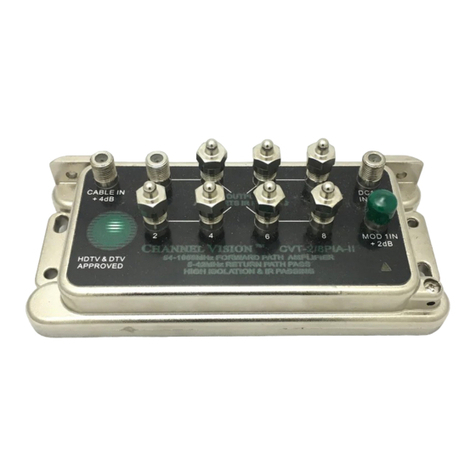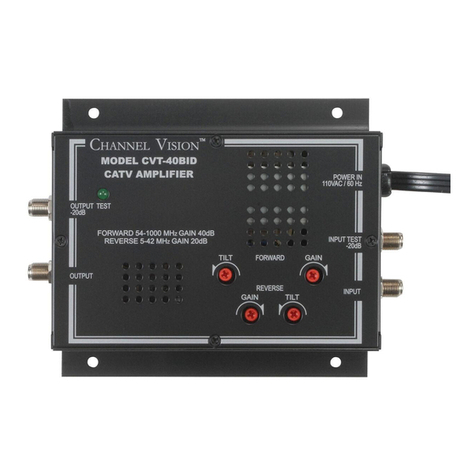Channel Vision A500 User manual
Other Channel Vision Amplifier manuals

Channel Vision
Channel Vision P-2014 User manual

Channel Vision
Channel Vision A0240 User manual

Channel Vision
Channel Vision A-BUS AB-114 User manual
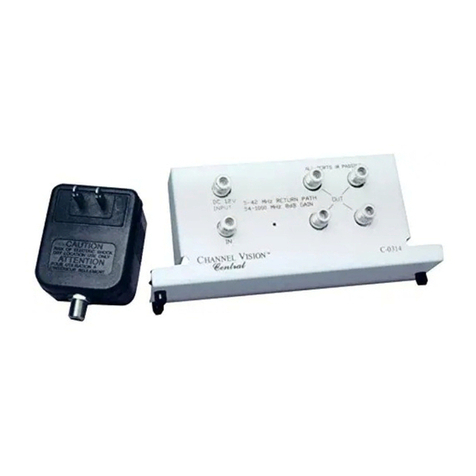
Channel Vision
Channel Vision C-0314 User manual
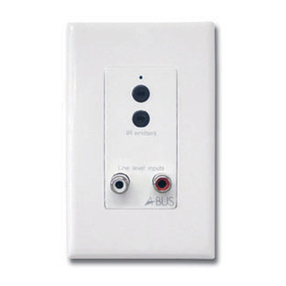
Channel Vision
Channel Vision A-BUS AB-202 User manual

Channel Vision
Channel Vision Audio/Video Distribution Amplifier VDA-12 User manual
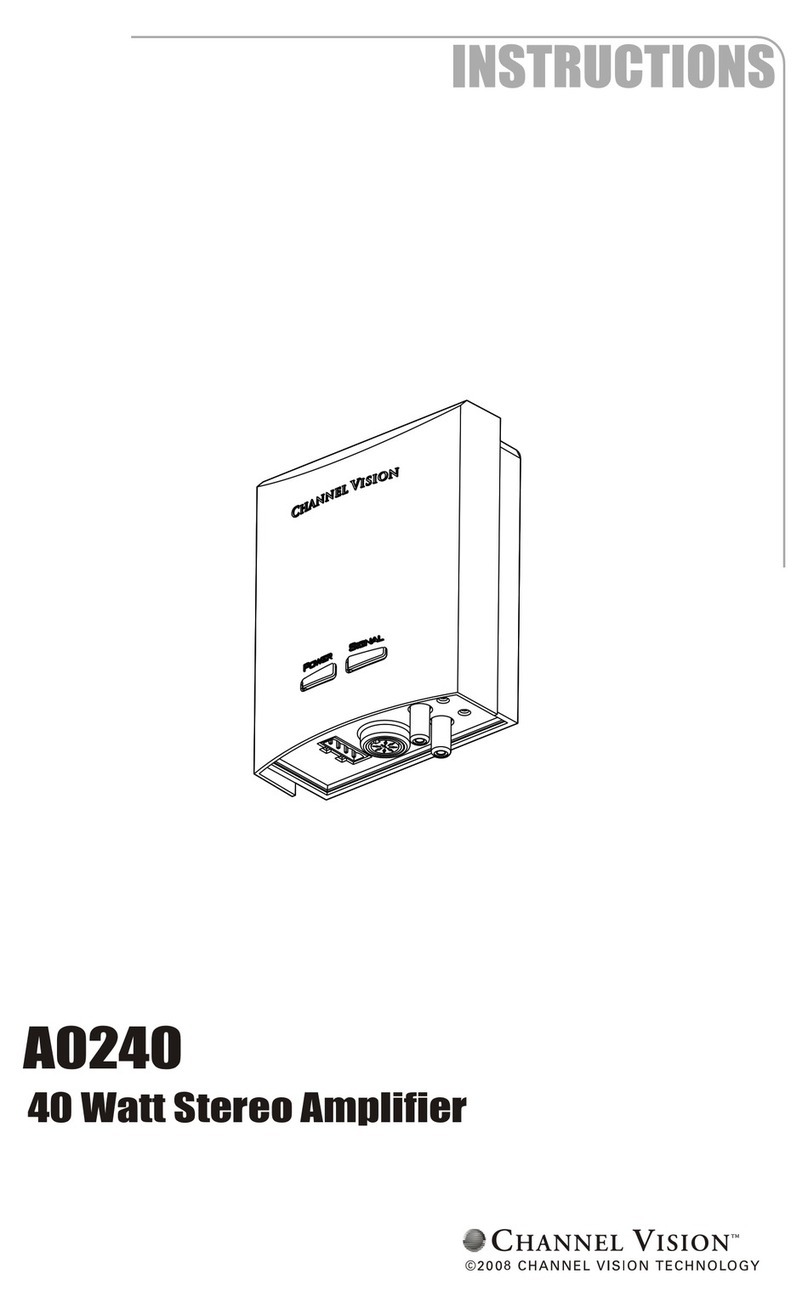
Channel Vision
Channel Vision A0240 User manual

Channel Vision
Channel Vision CVT-38BID User manual
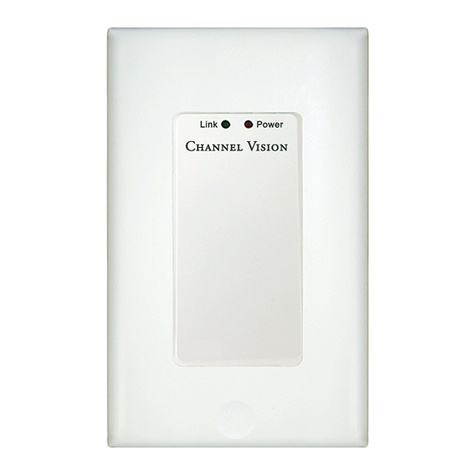
Channel Vision
Channel Vision A0362 User manual

Channel Vision
Channel Vision CVT-15PIA Manual
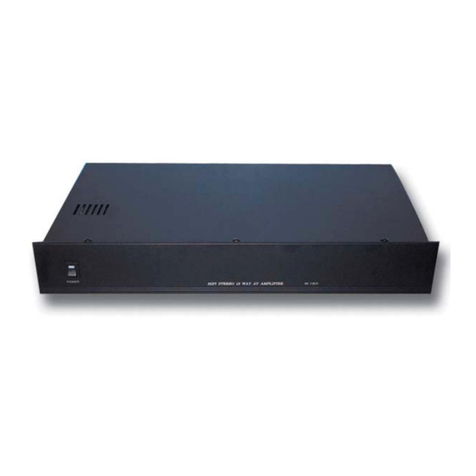
Channel Vision
Channel Vision VDA-12 User manual
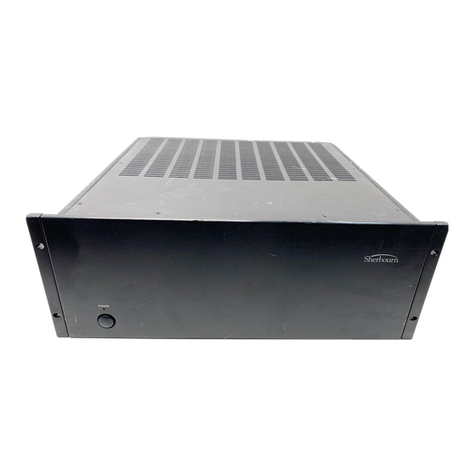
Channel Vision
Channel Vision Aria A1260 User manual

Channel Vision
Channel Vision Central C-0315 User manual
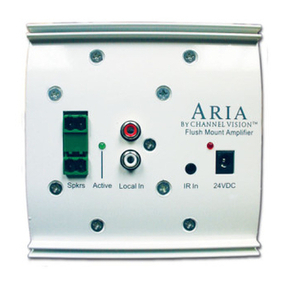
Channel Vision
Channel Vision Aria A0350 User manual

Channel Vision
Channel Vision A0240 User manual
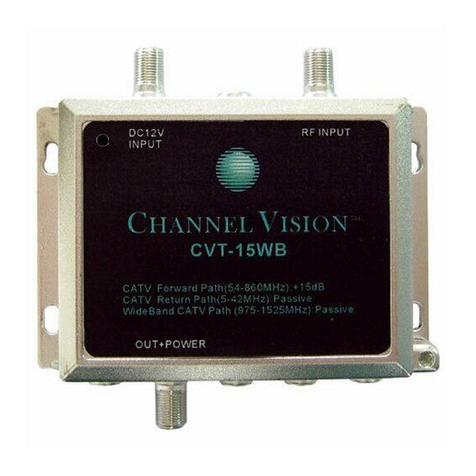
Channel Vision
Channel Vision CVT-15WB User manual

Channel Vision
Channel Vision CVT-10 PIA User manual
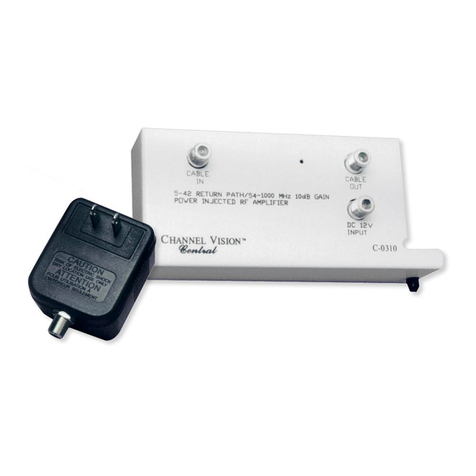
Channel Vision
Channel Vision C-0310 User manual

Channel Vision
Channel Vision A0240 User manual
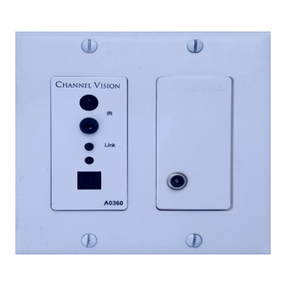
Channel Vision
Channel Vision A0360 User manual

